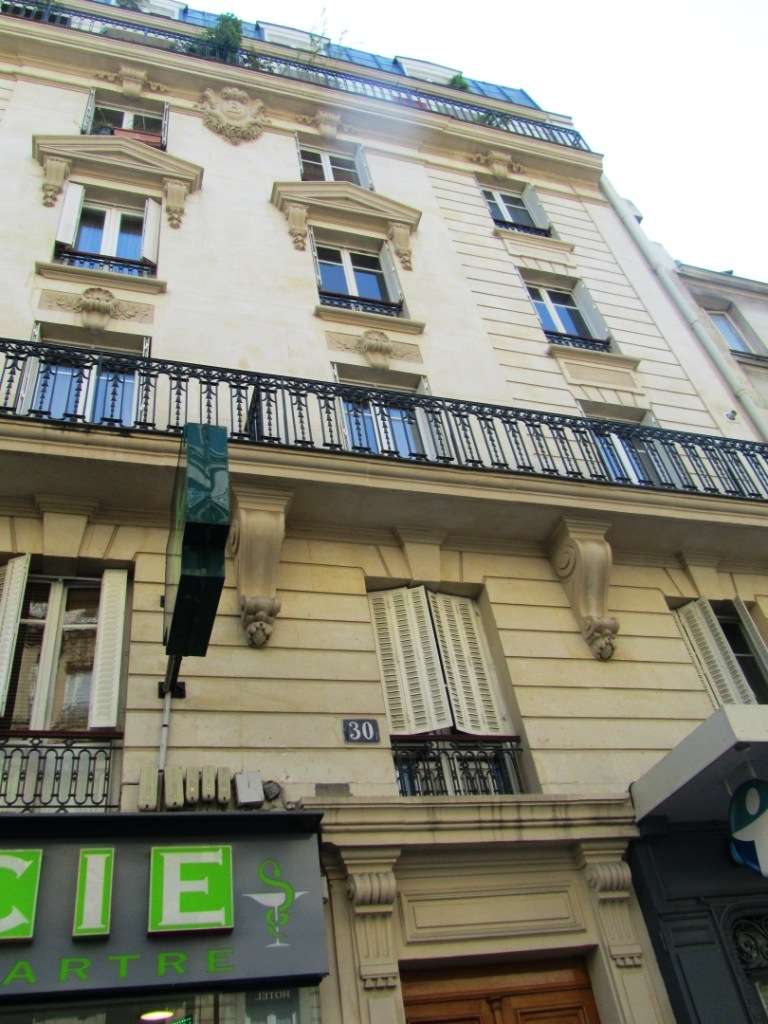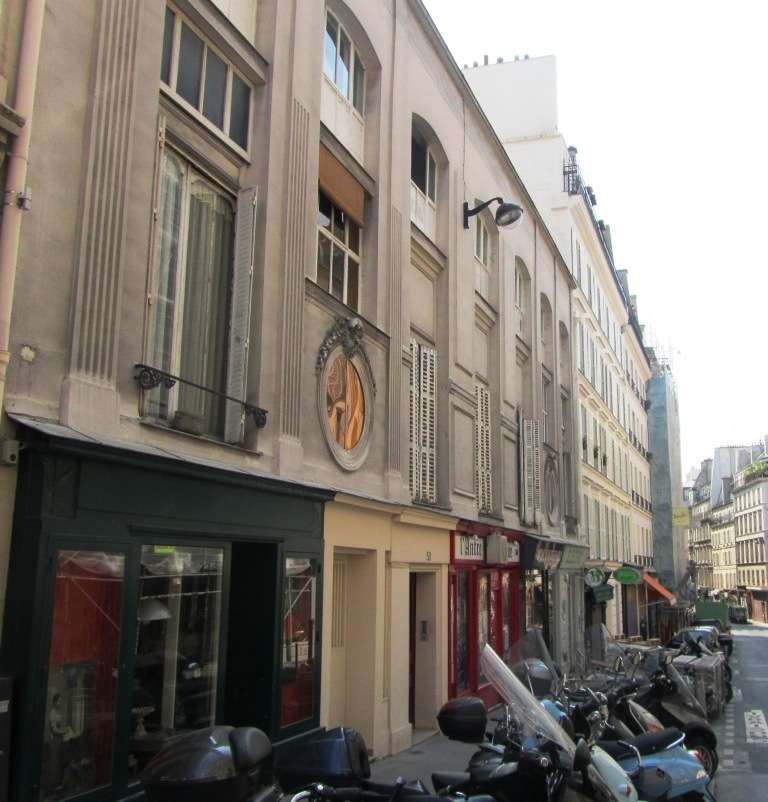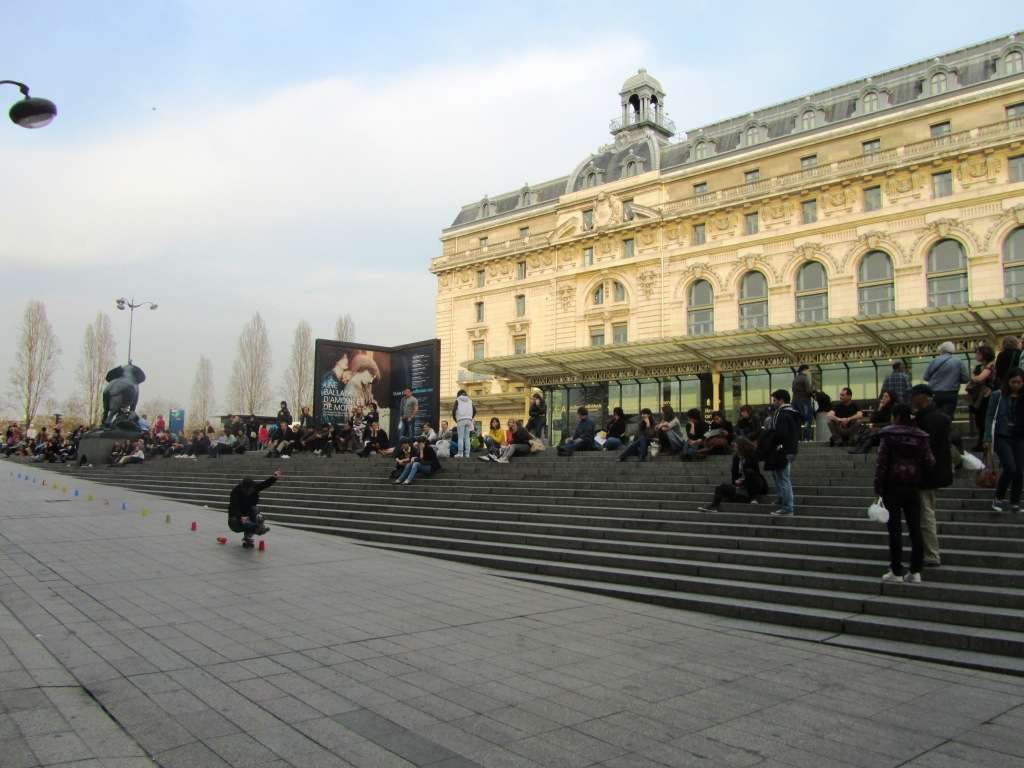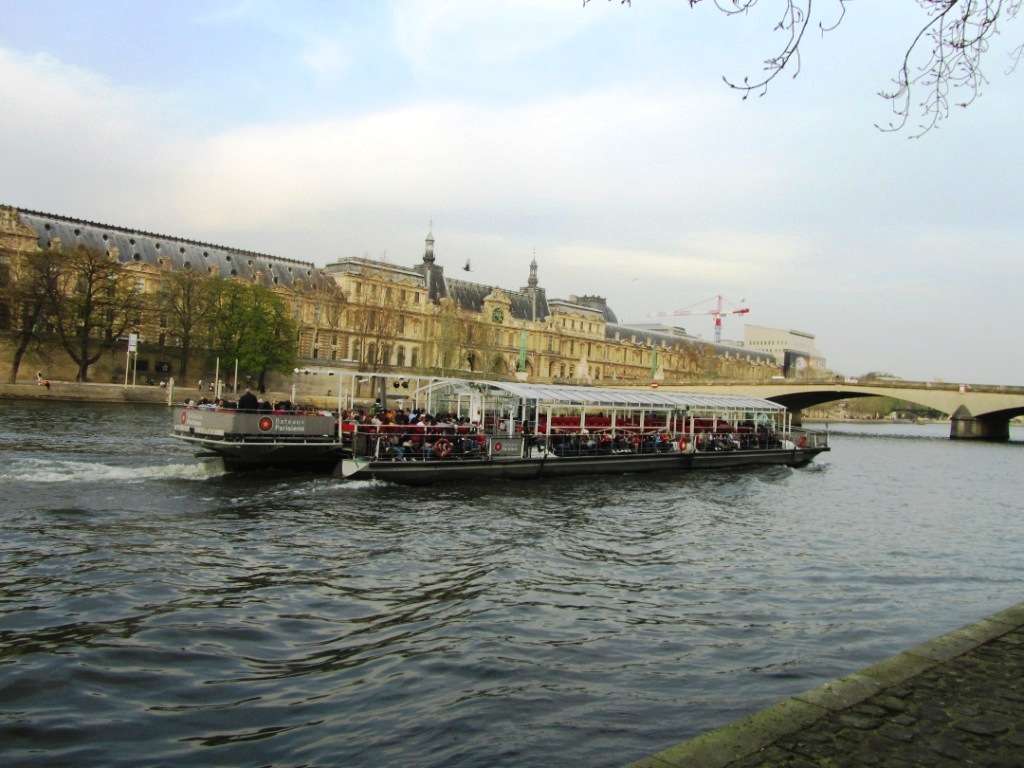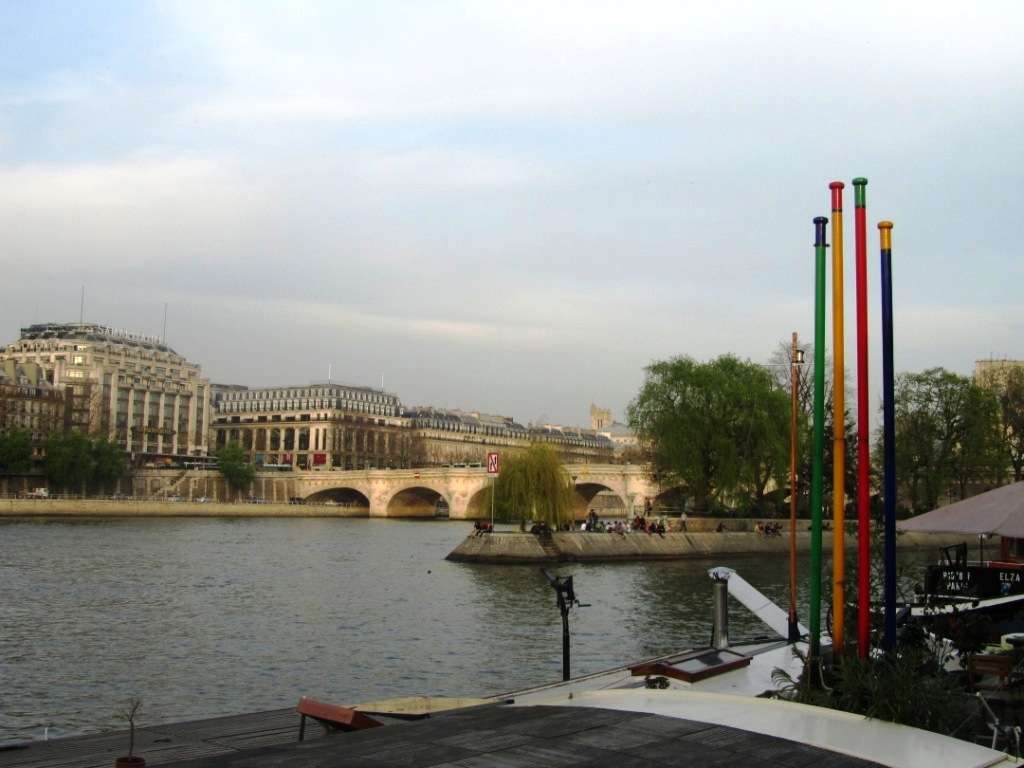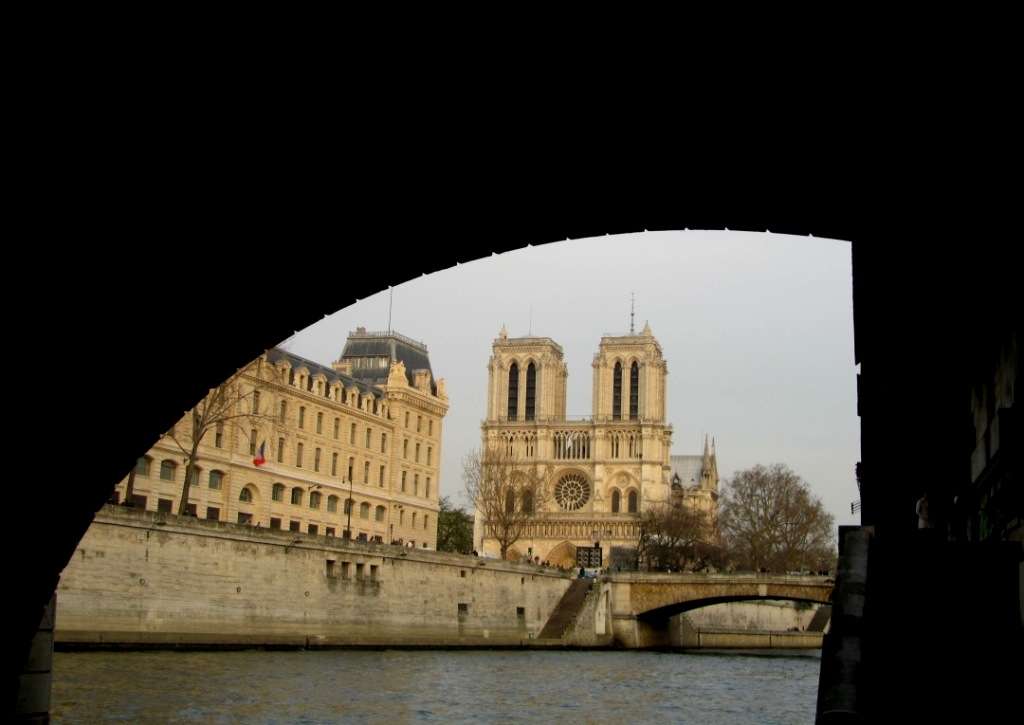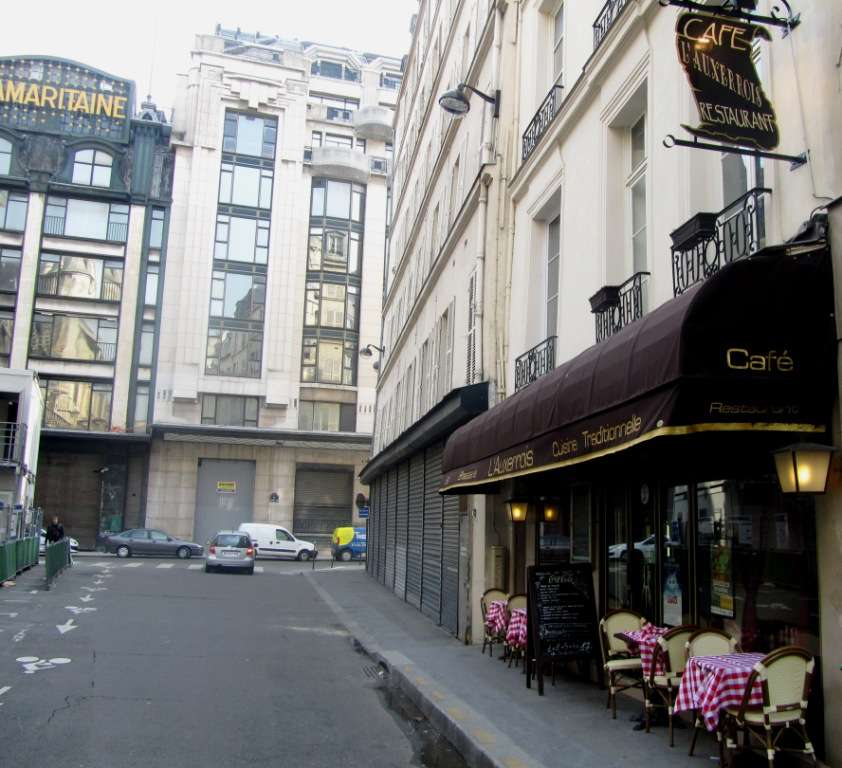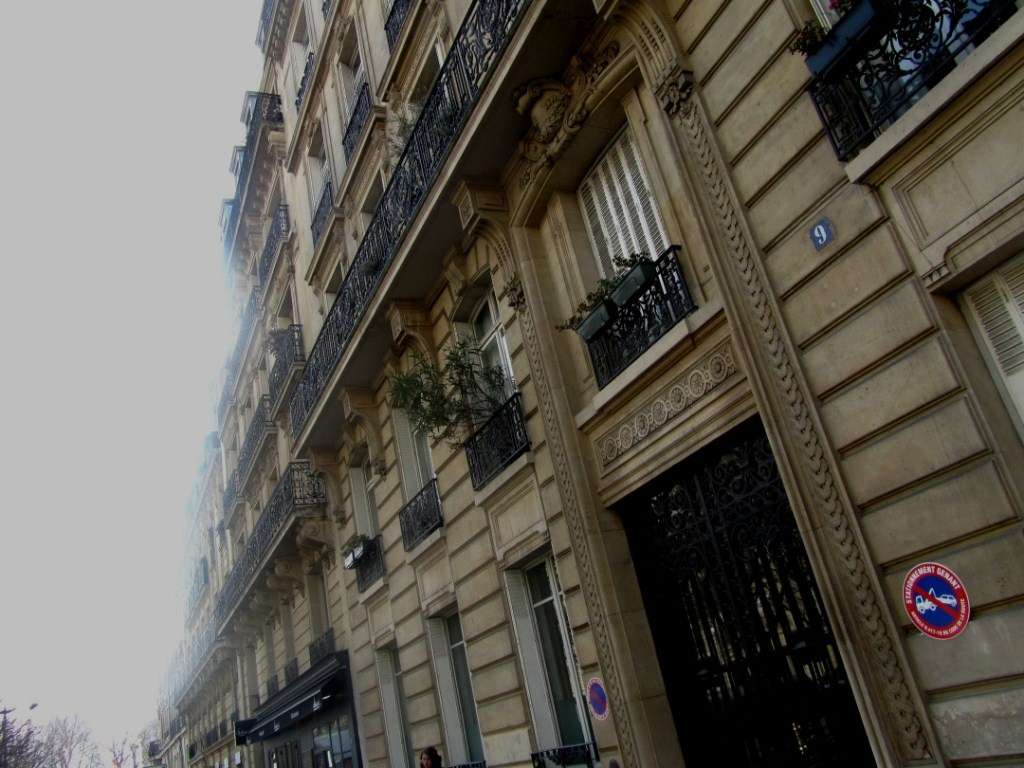Paris the City of Love
First of all, it is important that we agree on the sheer absurdity of the notion. Love is not something to which any city could or should stake an exclusive claim. There can be a “city of love” as much as there can be a “city of indigestion” or a “city of nosebleed” (although I could list a few candidates, particularly for the latter). Love may or may not be all you need, but it is literally all around – or in the air, depending on your choice of song.
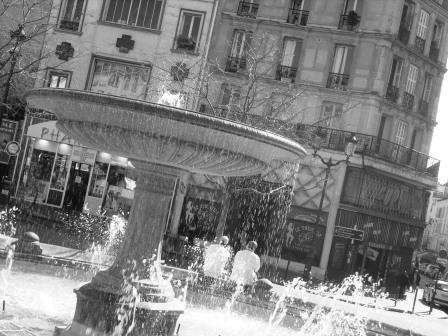
Still: if you type “Paris city of love” into the Google search bar, you get 32 million hits. That’s quite a number.
Browsing through these 32 million hits, however, is a less than fully enlightening experience. They appear to boil down to the theory that beautiful buildings, somehow, enhance romantic appetites. That is an interesting proposition and raises the question of how the citizens of Oakland muster the energy to procreate at all.
On the other hand, I will now forever forego any attempt to ply reluctant female acquaintances of mine with alcohol and just take them to the nearest medieval church where they will simply rip their clothes off in some architecturally inspired frenzy. Life will be much easier from now on.
The idea of Paris as the city of love must date from the late 19th century – there is little evidence that Robespierre and Napoleon thought about their capital in this way. The late 19th century was a time when France was already in terminal decline: Britain was the richest country around, Germany the most aggressively youthful one, and on the horizon you could already see the Yankee bear throwing off its slumber and slowly crawling towards its Manifest Destiny.
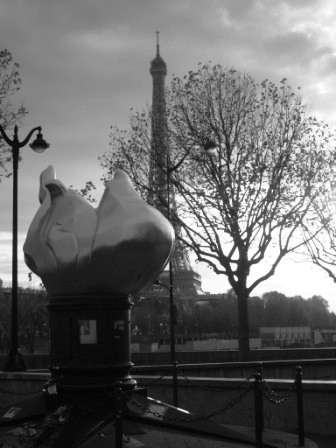
So the French decided, in a typical fit of French pique, that national wealth and success was something that only barbaric hordes would be interested in. They would henceforth concentrate on the truly important things in life and turn them into a form of art: wine, food, and … well, you get the idea.
The truly amazing thing is that the rest of the world fell for this, hook line and sinker. 32 million hits do not lie.
This is where I should stop this article if I had any sense at all. But I don’t – which is why I will share the following with you.
Having googled “Paris city of love”, I went for the slightly more specific “Paris” + “city of love” and received the far neater and more easily digestible count of 155,000 hits. After which I replaced the name of “Paris” with the names of other cities, arbitrarily chosen ones at first but quickly progressing to more and more unlikely candidates. (And if I tell you that this was the most interesting thing I did all week ,you get a sense for the sad type of existence I lead.)
There were a few surprises. I would never have thought, for example, that Kalamazoo would get as many hits as Saint Tropez (about 15,000).
I was also a little disappointed that the count for Pyongyang, the capital of North Korea, was not lower than its actual number of 1,100, but a closer reading will probably reveal that this “love” is of the variety that one comrade feels for another when they are jointly involved in some party business or another (like holding up flags in various colours to form huge portraits of Kim Il Sung in giant football stadiums).
I also learned quickly that the hit count for any place in Europe is inflated by references to Paris (travel ads and such like). Furthermore, there is an eponymous website which commercializes those aspects of “love” that can actually be commercialized.
For some Scandinavian cities in particular, the first four or five hits all offer you the services of an escort. And sometimes, finally, the “city of love” is used in a distinctly ironic way, such as in “Winnipeg may not be officially known as the City of Love”. (Indeed it may not.)
Ultimately, of course, I was searching for that perfect “black hat town”: the place for which “city of love” provided zero hits. But I never got further than Murmansk (438), Ulan Bator (392) and Niamey, the capital of Niger in West Africa, which gave me my best result of 158 hits.
Anybody who can do better?
It’s the month to celebrate love! Come and celebrate it in Paris. Have you looked at a France ferry to get you over? Hurry!
(I write this piece in conjunction with a piece I submitted as a guest post to BootsnAll)




